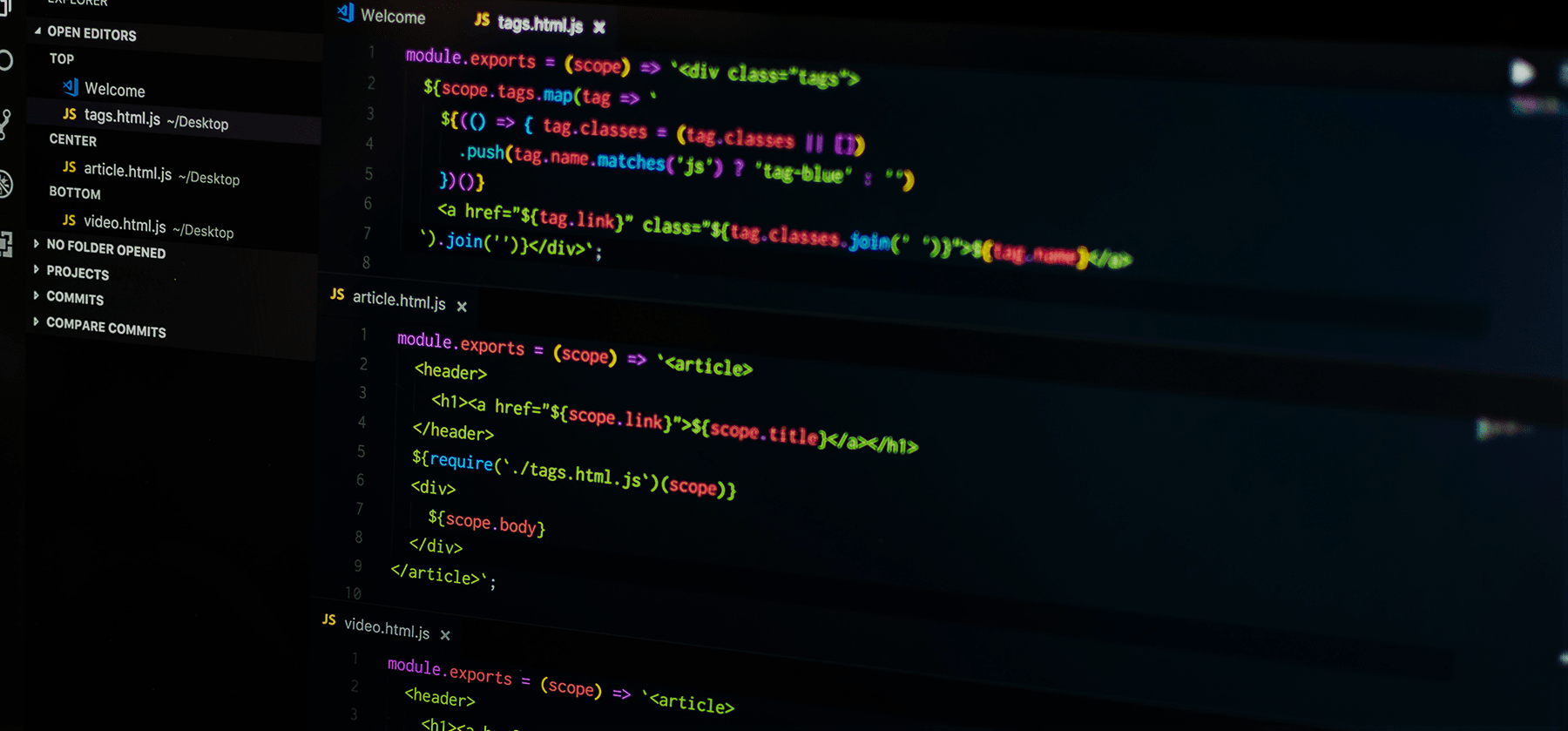

Most integrations in Home Assistant that do not interact with devices or services can reload changes made to their configuration in configuration.yaml. If you use Home Assistant Core, you can find configuration.yaml in the config folder passed to the hass command (default is ~/.homeassistant). If you use Home Assistant Operating System, you can find configuration.yaml in the /config folder of the installation. If you use Home Assistant Container, you can find configuration.yaml in the config folder that you mounted in your container. Right under the version you are running, you will find what path Home Assistant has loaded the configuration from. The path to your configuration directory can be found in the Home Assistant frontend by going to Settings > System > Repairs > System information from the top right menu If you prefer to use a file editor on your computer, use the Samba add-on to access the files as a network share. This add-on runs VS Code, which offers live syntax checking and auto-fill of various Home Assistant entities (if unavailable on your system, use File Editor add-on instead). The easiest option to edit configuration.yaml is to use the Studio Code Server add-on. If you run into trouble while configuring Home Assistant, refer to the configuration troubleshooting page and the configuration.yaml examples. Throughout the documentation you will find snippets that you can add to your configuration file to enable specific functionality. This file contains integrations to be loaded along with their configurations. vscode folder in your project.While you can configure most of Home Assistant directly from the user interface under Settings, some parts need you to edit configuration.yaml. Linux: $HOME/.config/Code/User/settings.json The workspace setting file is located under the.Mac: $HOME/Library/Application Support/Code/User/settings.json.Windows: %APPDATA%\Code\User\settings.json.Settings file locations depending on your platform, the user settings file is located here: Your Visual Studio Code user's settings.json location is: Go to: menu File → Preferences → User SettingsĪdd or change the value of "editor.formatOnType": false to "editor.formatOnType": true in the user settings.json User's settings.json is modified (see location by operating system below).Personal development environment tweeking to rule them all (settings:)).Go to: Menu File → Preferences → Workspace SettingsĪdd and save "editor.formatOnType": true to settings.json (which overrides default behavior for the project you work on by creating. vscode/settings.json is created in the project root folder It works for most of the supported languages (I can guarantee HTML, JavaScript, and C#). While changing the default behavior for Visual Studio Code requires an extension, you may override the default behavior in the workspace or user level. Press the desired key combination and press enter. A pen like icon appears to the left - click it.To change the key combinations follow these steps: Type in the search box to view existing shortcuts.
#Visual studio code auto format xml windows
For Windows and Fedora (Windows keyboard) use CtrlĪs per Visual Code version 1.28.2 this is what I found.Į no longer exists. You can add a keybinding in "Preferences->Keyboard shortcuts" or if you are feeling a little lazy to scroll up: Under Default Keyboard Shortcuts, search ( Ctrl + F) for.Click File -> Preferences -> Keyboard shortcuts.


 0 kommentar(er)
0 kommentar(er)
